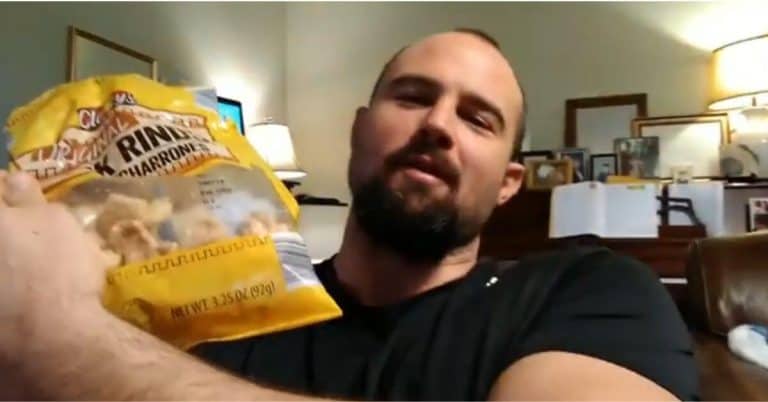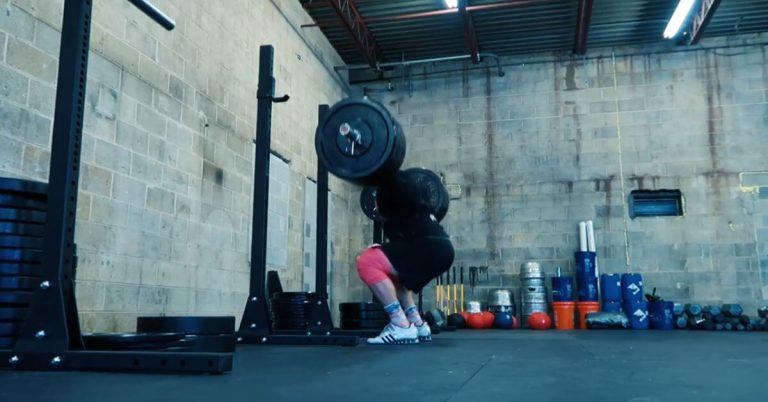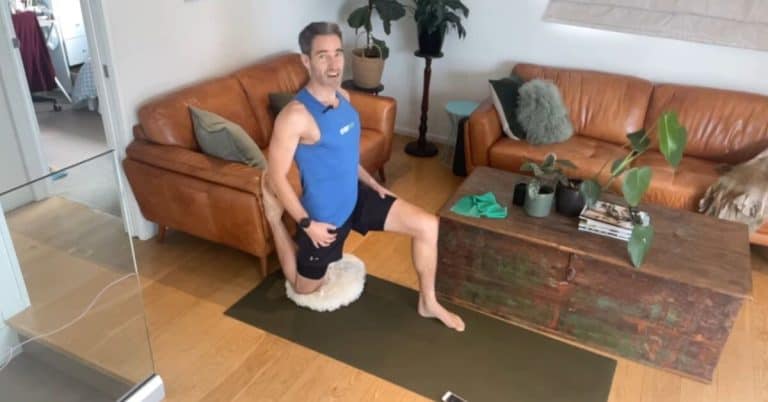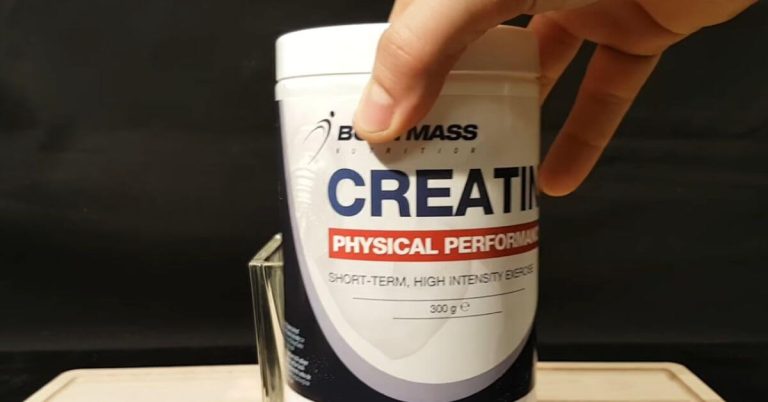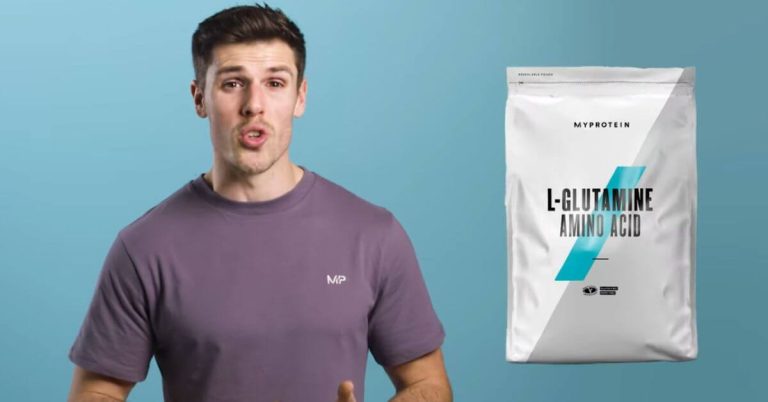Why Do My Biceps Cramp When I Flex? Discover the Secrets to Relieve Muscle Cramps!
Last Updated on February 14, 2024 by Justin Harris
Why Do My Biceps Cramp When I Flex: When you flex your biceps, they may cramp due to a lack of hydration or muscle fatigue. Bicep cramps are commonly caused by overuse or strenuous exercise, which can lead to the buildup of lactic acid in the muscle.

This can result in muscle spasms and cramping. Additionally, dehydration can affect muscle function and increase the likelihood of cramps. To prevent bicep cramps, ensure you stay hydrated, avoid overexertion, and properly stretch and warm up before exercising.
Understanding Muscle Cramps
Many people experience muscle cramps at some point in their lives, particularly when flexing their biceps. These involuntary muscle contractions can be quite painful and disruptive.
Muscle cramps occur when a muscle involuntarily contracts and fails to relax. They can happen to anyone, but athletes and those who engage in strenuous physical activity are more prone to experiencing them.
The exact causes of muscle cramps are not fully understood, but several factors may contribute to their occurrence. Dehydration, electrolyte imbalances, muscle fatigue, and inadequate stretching before exercise are common triggers.
Understanding the nature of muscle cramps is important to effectively manage and prevent them. By staying hydrated, maintaining electrolyte balance, and properly stretching before physical activity, you can reduce the frequency and intensity of muscle cramps.
Why Do Biceps Cramp When Flexed?
Are you wondering why your biceps cramp when you flex? Understanding how muscle contractions work can help shed some light on this issue. Muscle contractions occur when your brain sends signals through your nerves to your biceps, causing them to contract. This process is controlled by tiny proteins within your muscle cells called actin and myosin. When these proteins slide past each other, your muscle fibers shorten and create movement.
Electrolytes, such as potassium, sodium, calcium, and magnesium, play a vital role in muscle contractions. They help transmit nerve signals and promote muscle function. An imbalance or deficiency in these electrolytes can lead to muscle cramps, including bicep cramps. Ensuring you have an adequate level of electrolytes in your body can help prevent cramping.
Several factors can contribute to bicep cramps. These include overuse of the muscle, dehydration, muscle fatigue, poor blood circulation, and certain medical conditions. Stretching before and after exercising, staying hydrated, and maintaining a balanced diet rich in electrolytes are some strategies that may help reduce the frequency and severity of bicep cramps.
Relieving Muscle Cramps In Biceps
Muscle cramps in the biceps can be uncomfortable and affect your daily activities. Incorporating stretching exercises for biceps into your routine can help relieve cramps and prevent future occurrences. Here are some recommended bicep stretches:
| Stretching Exercises for Biceps |
|---|
| Standing Bicep Stretch |
| Seated Bicep Stretch |
| Wall Bicep Stretch |
However, before engaging in these exercises, it’s important to warm up your muscles to prevent injuries. Warming up increases blood flow, warms the muscles, and prepares them for stretching. Proper hydration and maintaining electrolyte balance are also crucial in preventing muscle cramps. Adequate water intake helps in maintaining hydration levels, while foods rich in electrolytes provide essential minerals. Here are some tips:
- Drink water throughout the day.
- Incorporate foods like bananas, oranges, and spinach into your diet.
- Create a hydration schedule if you are an active individual.
Massage techniques can also be helpful in relieving muscle cramps in the biceps. Massaging improves blood circulation and relaxes the muscles. Here’s a step-by-step guide to self-massage:
- Apply gentle pressure on the cramping area.
- Use circular motions with your fingers or palms.
- Increase pressure gradually if needed.
- Continue massaging for a few minutes.
By incorporating these stretching exercises, maintaining proper hydration, and practicing massage techniques, you can effectively relieve muscle cramps in your biceps and promote overall muscle health.
Preventing Bicep Cramps In The Future
Cramping in the biceps when flexing can be a discomforting experience during workouts. However, there are several steps you can take to prevent future cramps and ensure a smooth and effective exercise routine.
Adjusting your exercise techniques is crucial. Ensuring proper form and posture during workouts helps minimize the risk of cramps. Avoid common mistakes such as overextending or gripping weights too tightly.
Implementing a balanced workout routine that focuses on all muscle groups is important. This helps prevent overexertion and imbalance that can lead to cramping. Incorporating regular stretching and strength training exercises also promotes flexibility and muscular endurance.
Rest days and recovery are essential for muscle health. Adequate rest allows muscles to repair and rebuild, reducing the likelihood of cramps. Remember to consult a healthcare professional who can provide personalized advice based on your specific needs.
It’s important to be aware that certain medical conditions can contribute to muscle cramps. If you regularly experience bicep cramps, it may be worth seeking medical advice to rule out any underlying issues.
Lifestyle Changes For Long-term Relief
One of the most common concerns many individuals face is experiencing biceps cramps when flexing. These cramps can be uncomfortable and hinder your daily activities. To minimize the occurrence of muscle cramps in the long run, considering making certain lifestyle changes is essential.
Dietary changes for muscle health:
|
Stress management and relaxation techniques:
|
Conclusion
Experiencing bicep cramps when flexing can be attributed to various factors such as muscle fatigue, dehydration, and electrolyte imbalance. It is important to listen to your body and provide it with adequate rest, hydration, and nutrients. Stretching before and after exercise can also help prevent cramping.
If the problem persists, it is advisable to consult a healthcare professional for further evaluation and guidance. Remember, taking care of your body is essential for optimal performance and overall well-being.
Read Also,

